I came across this little ‘factoid’ in the National Museum of the Royal Navy’s in-house magazine, Scuttlebutt, which was a fascinating publication until they stopped publishing it!
It’s one of those ‘unknown unknowns’ as Donald Rumsfeld would say. I didn’t know that I didn’t know it… until I read it!
Have you ever noticed that all aircraft carriers have their island on the starboard side? Do you think there might be a reason for that?
Well, not quite all. There are two exceptions. The WW2 Japanese carriers Hiryu and Akagi, sunk at the Battle of Midway*, had their islands on the port side. I’ll come back to them.
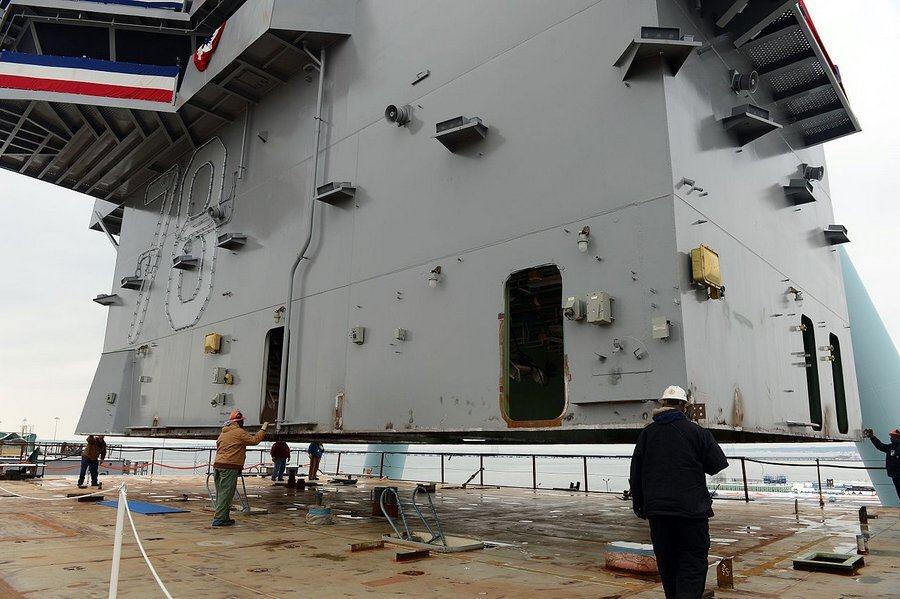
According to Chris Howat’s article,’The development of Naval Aviation Part 3 – 1917-1918‘ in Edition 58 of Scuttlebutt: the idea of an aircraft carrier with an island and a form of arrester gear was first proposed in 1915 by H.A. Williamson the Flying Officer on the Royal Navy’s seaplane carrier, HMS Ark Royal, while serving in the Gallipoli campaign.
In his detailed design, he chose to place the island on the starboard side because single-engine piston engined aircraft naturally swing to the left** (port).
Most engines, then and now, rotate the propeller clockwise from the pilot’s perspective. The torque effect makes the body of the plane twist to port. Pilots have to correct for this particularly on take-off and landing.
It made sense therefore for an aircraft on approach to circle in from the left, and on touchdown, if it failed to arrest, to fly off to the left. So Williamson’s design had the island on the starboard side.
Unfortunately his idea was rejected at first and the first full-deck aircraft carrier, HMS Argus, was built in 1918 with a flush deck because wind tunnel tests showed that a structure on the deck caused serious turbulence around the landing area.
“However,” writes Howat,”the pilots reported that a small structure on the starboard would help them judge their height. A wooden and canvas island was fitted and the ship would steam with the wind fine on the port bow.”
The success of these trials meant that in 1924, HMS Hermes – the first true aircraft carrier, designed and built from the keel up as an aircraft carrier, not a conversion – and her sister ship HMS Eagle, had proper islands on the starboard side. Once the standard had been set, all navies built their carriers with an island (or more recently, islands!) on the starboard side, and have ever since.
… Except for the Imperial Japanese Navy pair. Why?
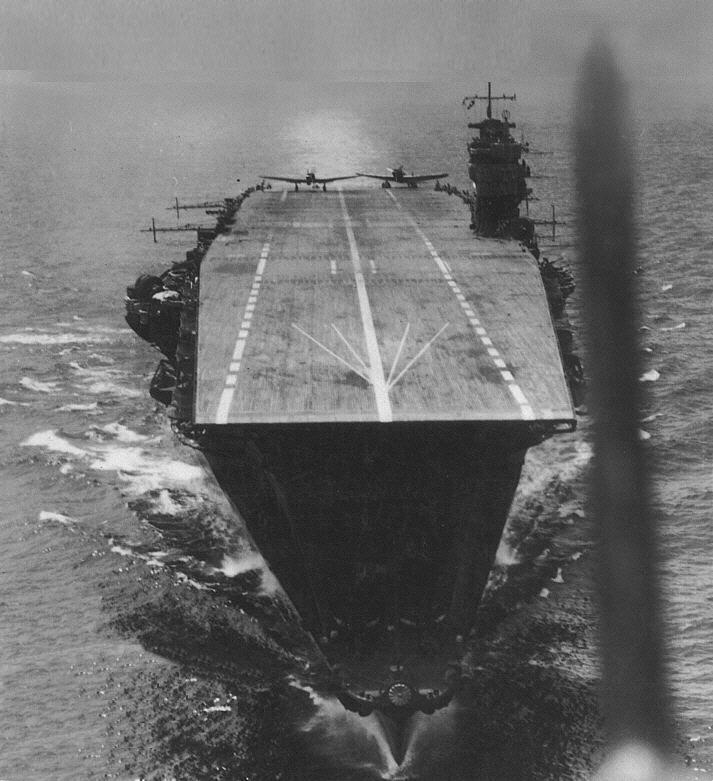
Well, I came across this intriguing explanation from Dan Kim in an old Quora thread…
“The Japanese realized that having all the planes turning in to land from the port side can create an air traffic jam when multiple carriers are in operation in the same area. So, they decided to mix in carriers with islands on the port side to spread the landing traffic pattern. This didn’t really result in much added benefit – on the contrary some planes operating in low light often mistook the identity of the ship and approached the carriers from the front side to land. While no accidents actually happened, there were some close calls.”
So there you go. You learn something new all the time!
* The wrecks of the Akagi (a leftie) and the Kaga (a rightie) were discovered on the ocean floor last month.
** As they say!

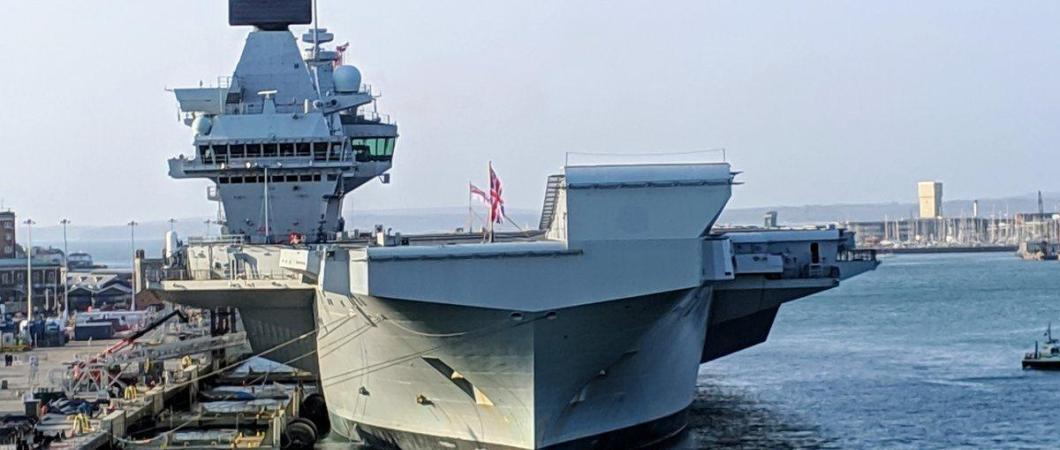
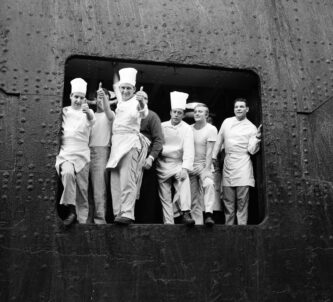
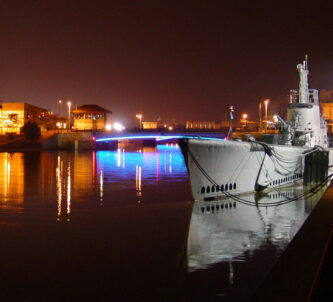
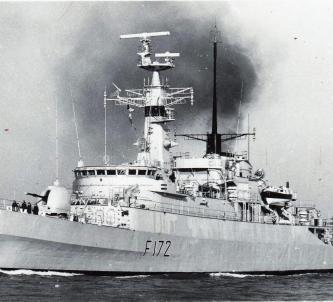
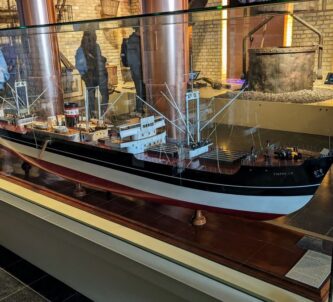
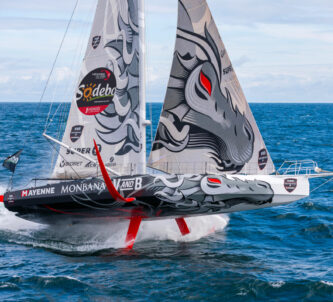

UPDATE: I was in a thread on Reddit the other day when somebody posed a different reason for the two IJN ‘lefties’. I’m not sure if they were quoting from somewhere, but despite asking I didn’t get to find its source.
Wow, its been sratching my mind for years why the island on the right, thank you
🙂
Years ago an old WWII pilot once told me that since the stick was held with the right hand, it was easier and more instinctive to turn to port in a wave-off situation.
Makes sense to me, but I have no documentation to back it up.
Oh, interesting! Could be!
Thanks 🙂
This is what I read–and it makes perfect sense.
In addition, most airports during that era had left hand patterns – maybe for the same ‘piston engine-reason’!
Ah, interesting. Yes, you’re probably right. 🙂
Pleasure 🙂
Yes, interesting, and I’ve been pondering the convention of starboard side islands myself. My father flew sea furies in the Royal Australian Navy in the late 50’s aboard H.M.A.S. Melbourne, and apparently the torque roll effect during a wave off was so great that the aircraft would almost certainly collide with the island if it had been on the port side.
Although nearly 3000 hp and a 14 ft propellor would exacerbate the effect!
Fascinating, I served on 4 of them and never knew that! Thanks Al!!